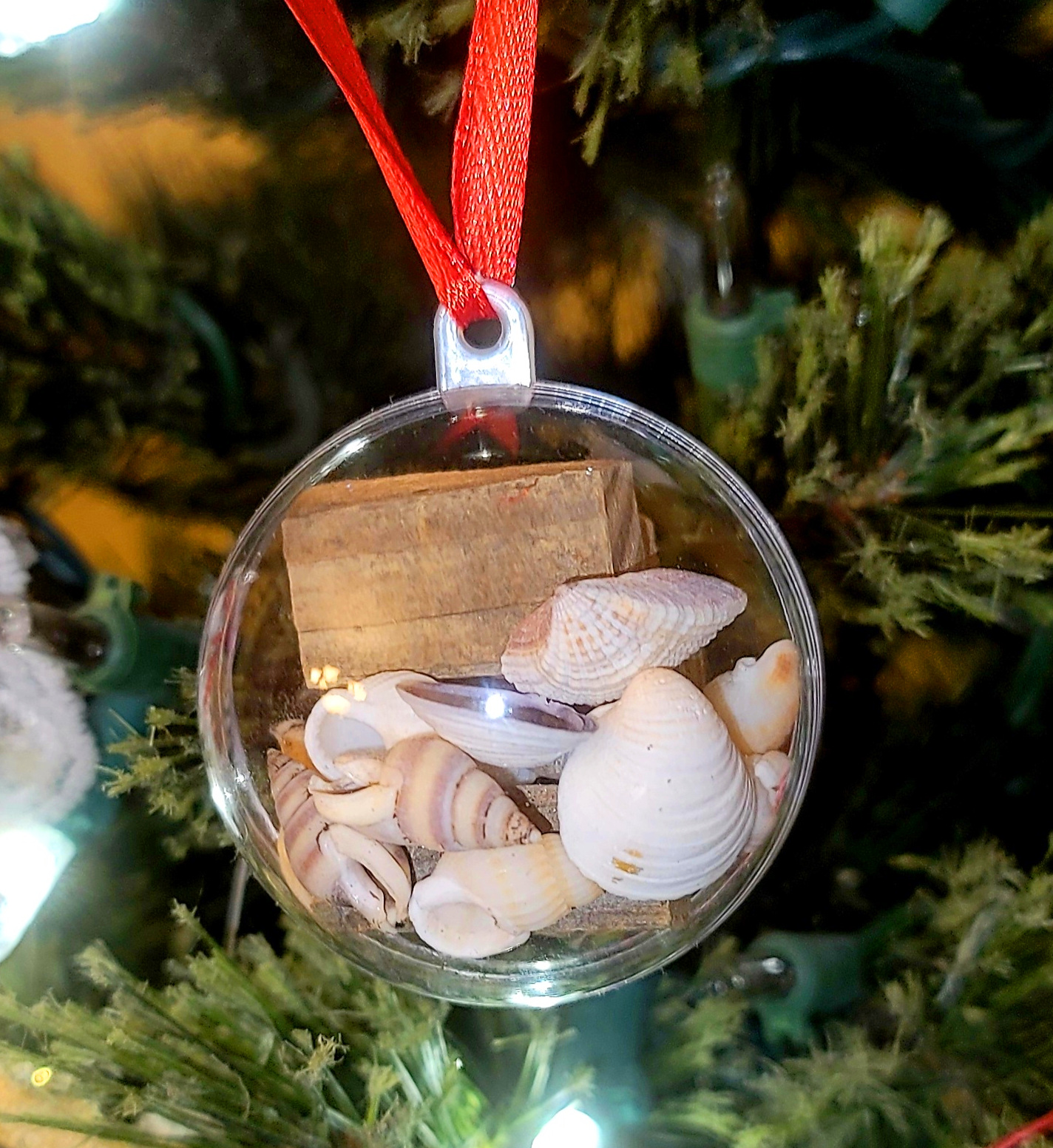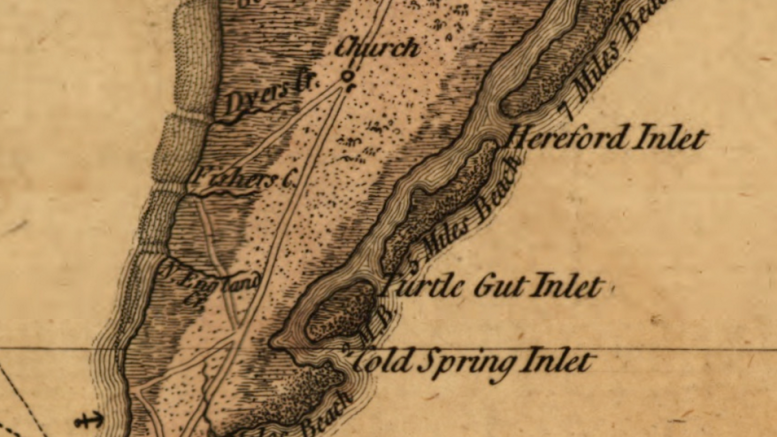The island that now makes up the Wildwoods was once two smaller islands, Two Mile Beach to the south, and Five Mile Beach to the north. A strip of water called Turtle Gut Inlet separated the two islands. Turtle Gut Inlet no longer exists; it was filled in artificially in 1922 to make the one long beach which now runs the length of the Wildwoods and Diamond Beach. [1]
In the era before trains, trucks and modern highways were invented, ships were the main method of transporting goods over distances. The waters around Cape May and the Wildwoods were of strategic importance in the Revolutionary War because they are at the opening of Delaware Bay. In 1776, Philadelphia served as the American capitol, and the only water path to Philadelphia from the Atlantic Ocean is through Delaware Bay into the Delaware River. Because of this, the British set up a naval blockade of Delaware Bay early in the war to prevent ships from sailing to Philadelphia with war supplies.
The Battle of Turtle Gut Inlet – June 29, 1776
One of the American ships which attempted to make it past the British naval blockade was called the Nancy. It was a type of two-masted ship called a brigantine. The Nancy arrived in the waters outside Cape May on June 28, 1776. It was returning from St. Croix and St. Thomas in the Virgin Islands, loaded with gunpowder and weapons, as well as rum and sugar.
Two British warships, the Kingfisher and Orpheus, were blockading the entrance to Delaware Bay. Upon sighting the Nancy on the afternoon of June 28, the two British warships pursued her. Unable to enter Delaware Bay, the Nancy headed towards Turtle Gut Inlet. A fog came in over the water as the sun was setting, and they lost site of the Nancy.
The fog lifted in the morning, and the British warships closed in to attack the Nancy. The Nancy was anchored a distance from the shoreline of Turtle Gut Inlet. The small eleven-man crew of the Nancy attempted to save the war supplies by carrying them on to the shore, while at the same time returning cannonfire to the attacking British warships. The Nancy‘s captain, Hugh Montgomery, decided it was best to run the ship into the shoreline of Turtle Gut Inlet. Although this could damage the ship, it would give them some distance from the British ships, and it would also make it easier to carry the supplies to shore.
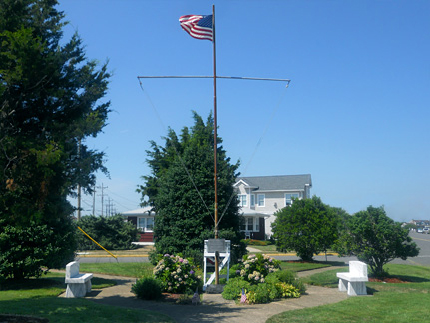
Three American vessels in the area, the Lexington, the Wasp, and the Reprisal, came to the aid of the Nancy. Some of the crewman of these vessels rowed out to the Nancy on smaller boats, and they assisted with the carrying of supplies and manning the cannons. When about two-thirds of the supplies had been carried ashore, Captain Montgomery determined that the Nancy could no longer hold out against the British vessels, and he had the crew abandon the ship. Montgomery decided to blow up the Nancy and the remaining supplies, rather than allow them to fall into the hands of the British. Before leaving the ship, an improvised fuse was created by wrapping gunpowder in the cloth of one of the sails. The fuse led to the main supply of gunpowder still on the ship. It was lit as the men abandoned the Nancy.
The British were unaware that a fuse had been set. They believed that the crew of the Nancy was simply abandoning and surrendering the ship. British seamen boarded the Nancy, which soon exploded, killing everyone on board. A contemporary report described the grisly scene: “Eleven dead bodies have since come on shore, with two gold-laced hats, and a leg with a garter. From the great number of limbs floating and driven ashore, it is supposed thirty or forty of them were destroyed by the explosion.”
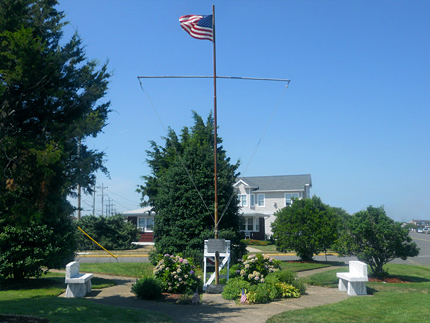
The Americans suffered much fewer casualties: one dead and one wounded. The dead sailor was Lt. Richard Wickes, whose brother was Lambert Wickes, the captain of the Reprisal, one of the ships that had come to the aid of the Nancy. Several days later, Captain Wickes wrote a letter to another brother in the family named Samuel, informing him of the death of their brother Richard:
“The Loss sustained on our Side was the Life of our dear Brother who was shot through the Arm and Body by a Cannon Shot 4 or 5 minutes before the Action ended. we have this Consolation that he fought like a brave Man & was fore most in every Transaction of that Day this is confessed by Captain Barry whom was present all the Time he is much regretted by all the Officers in our Fleet & particularly Captain Barry who says a braver Man never existed than he was, in him I have lost a dear brother & a good Officer which I know not where or how to replace… I arrived just at the Close of the Action[
New Jersey in the Revolutionary War after the Battle of Turtle Gut Inlet
The Battle of Turtle Gut Inlet took place fifteen months after the first battle of the Revolutionary War had occurred on April 19, 1775 at Lexington and Concord in Massachusetts. During those fifteen months, New Jersey had not been very affected by the violence of the war on its own soil. The gruesome scene of limbs and dead bodies washing up on the shore at Turtle Gut Inlet was an early look at the horrors of war for the local citizens. Unfortunately for the people of New Jersey, the realities of living in a war zone were soon to become all too familiar.
Six months after the Battle of Turtle Gut Inlet, the British invaded New Jersey at Alpine, while the Continental (American) Army was at Fort Lee. From that point on, New Jersey would be at the center of many events throughout the rest of the war. Battles, skirmishes, raids, and military encampments would become a regular part of life in the state until the war ended.
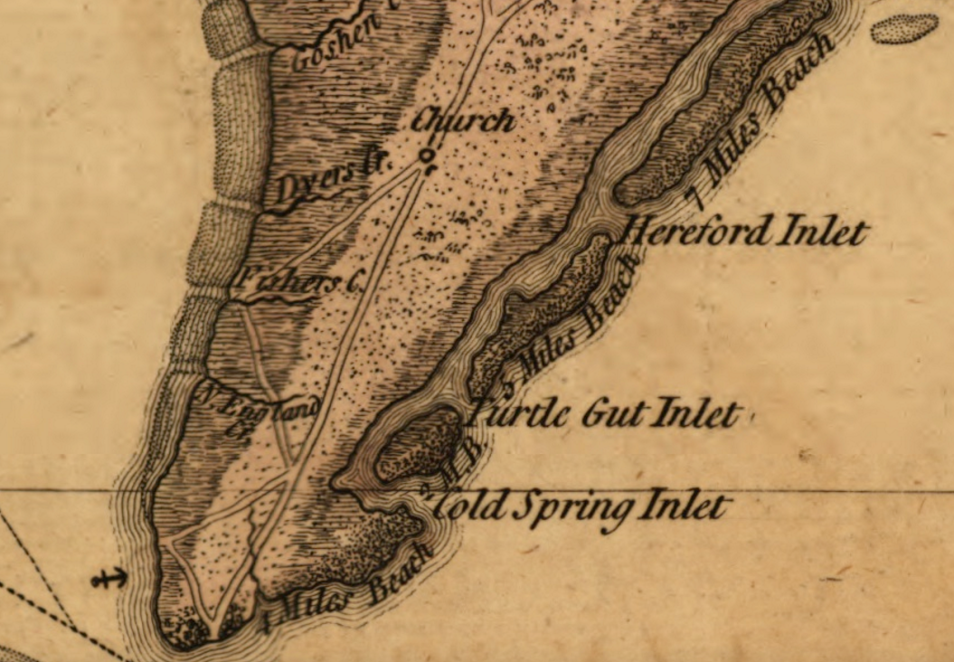
Info by www.revolutionarywarnewjersey.com


